Dinara – new Park of Nature
It’s official. Finally! The beautiful mountain massif that is home to the highest peak in Croatia (Sinjal, at 1831 meters), Dinara, has been proclaimed a Nature Park. This well-deserved recognition was made official by the Croatian Parliament on the 5th of February 2021. For those of us that had fallen in love with this part of Croatia years ago, it was one of the more exciting bits of news we could have wished for, as – hopefully – the proclamation will protect this stunning wilderness for future generations.

Today, Croatia can be proud of being home to eight National Parks and 12 Nature Parks.
The park makes up the natural border between Croatia and Bosnia and Herzegovina, and while the 1831 meters-above-sea-level peak at Sinjal is the highest in all of Croatia, it is not the highest point in the Dinara range. That distinction goes to Troglav, located in Bosnia and Herzegovina, which sits at 1913 meters above sea level.
Dinara Nature Park (63,052 hectares) consists of Dinara, Troglav, and Kamešnica mountains (total length of 84 kilometers), and the upper course of the Cetina River and surrounding karst fields (karst is a topography formed from the dissolution of soluble rocks, such as limestone). Most of the protected area is situated in Šibenik and Split counties, an AndAdventure favorite playground for many years as this place of magnificent natural beauty and wilderness is just a short drive from our homes.
The view from the peak is stunning. It offers unencumbered views of Lake Peruća and the surrounding mountains. Although the vegetation is limited the closer you get to the top, there are rich meadows of wildflowers as well as forests surrounding the mountain at the lower altitudes. The Dinara massif’s broader area is rich with flora; there are about 750 plant species in the area, of which more than 110 are specially protected, and 55 are endemic.
There are a variety of hiking and mountain biking options here as well, each with differing lengths and intensity levels. Hikers and mountain climbers enjoy the mountain all year long with its unique climate providing access on even some of the hottest of days.
The presence of water assets like Lake Peruća or Krka and Cetina rivers also make this area a perfect stop off point or habitat for many bird species; pheasants, quails, woodpeckers, and black-striped reed warblers are all found here, as are predators like golden eagles, snake eagles, grey falcons, and, sometimes, griffon vultures.
And brown bears, wolves, lynxes and other wild cats, foxes, wild boars, badgers, and rabbits are just some of the mammals that call this place home, sharing the terrain with about 15 species of endangered lizards, snakes, and amphibians.
One of our favorite spots in the new Nature Park is a spectacularly colored rock pool that is also the source for the Cetina River. We often visit during our mountain biking tours, stopping for a refresh and to take some time to enjoy this novel site. But this is just one of the many hidden gems in the area, which is still flying well below the radar of the usual tourist routes.
The rural hinterland area, a short drive away from the seaside, has an entirely different story to tell and one that we will be happy to share with you when you join us!
Krčić Waterfall, near Knin, is another great spot on our route through this area. This is a place where the majestic 22-meter waterfall hits the Krka River. You can experience its power and beauty from autumn to spring, though it does occasionally dry during the hottest summer months.
Peruća Lake is also on the list of our favorite spots in the new National Park. This 20-kilometer man-made reservoir has made an extraordinary impression on the surrounding environment. When the lake was created in 1959, a number of the surrounding villages were flooded, as was the Draganić Orthodox monastery, built during the reign of Bosnian-Croatian King Tvrtko in 1395. However, the drought of September 2003 caused the water levels in the reservoir to drop so significantly that the drowned monastery rose from the waters surface once more.
So, even though the lake is not natural, it is still fun to explore it by kayak as it offers distinct settings and kayaking conditions similar to sea kayaking.
And there are many more secrets beyond the historic monastery waiting to be discovered in this fantastic, off the beaten track environment. Join us, and we will be happy to take you to the different corners of Dinara Nature Park by foot, mountain bike, kayak, or jeep.


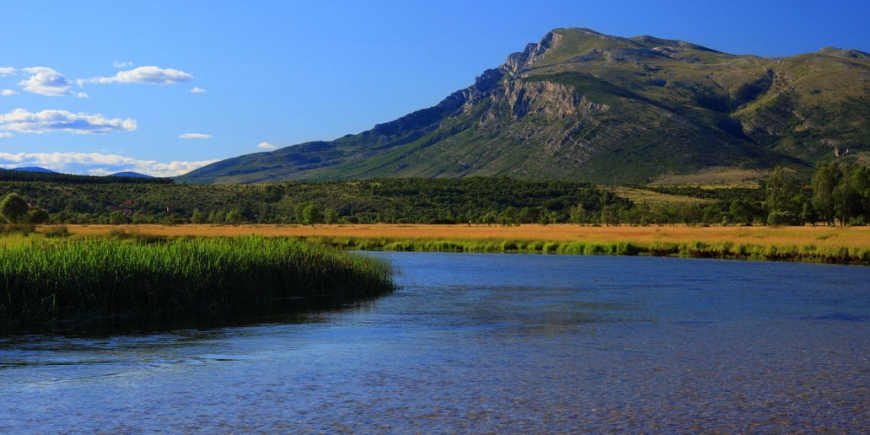
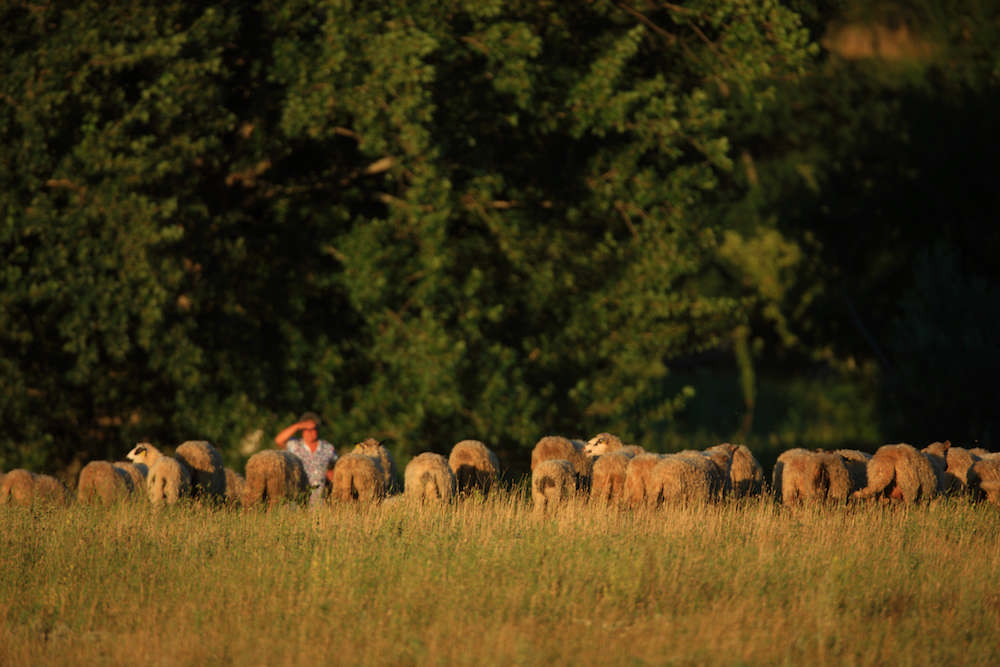
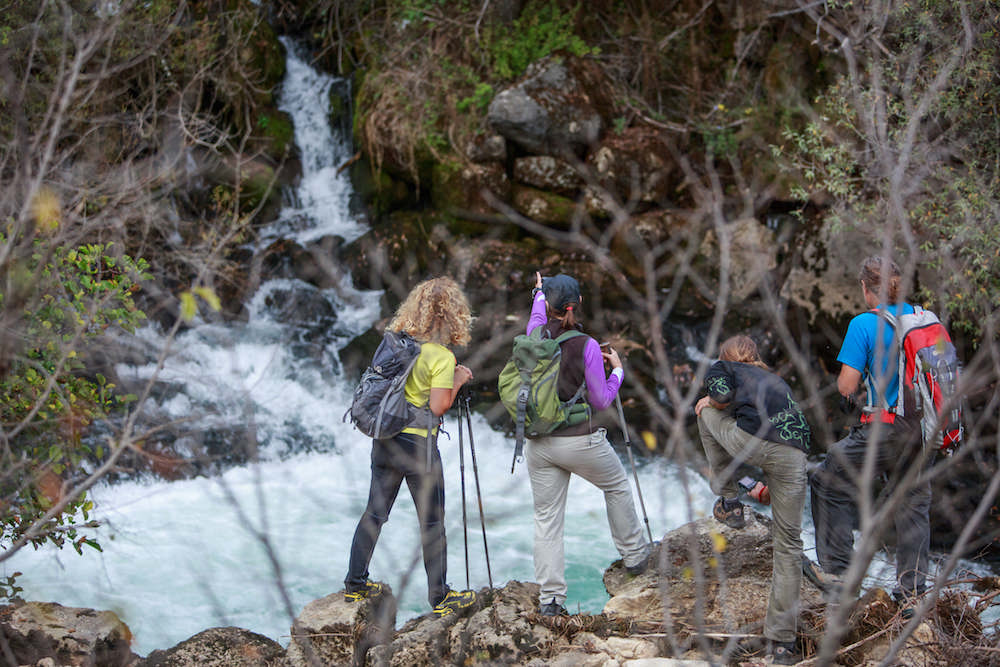


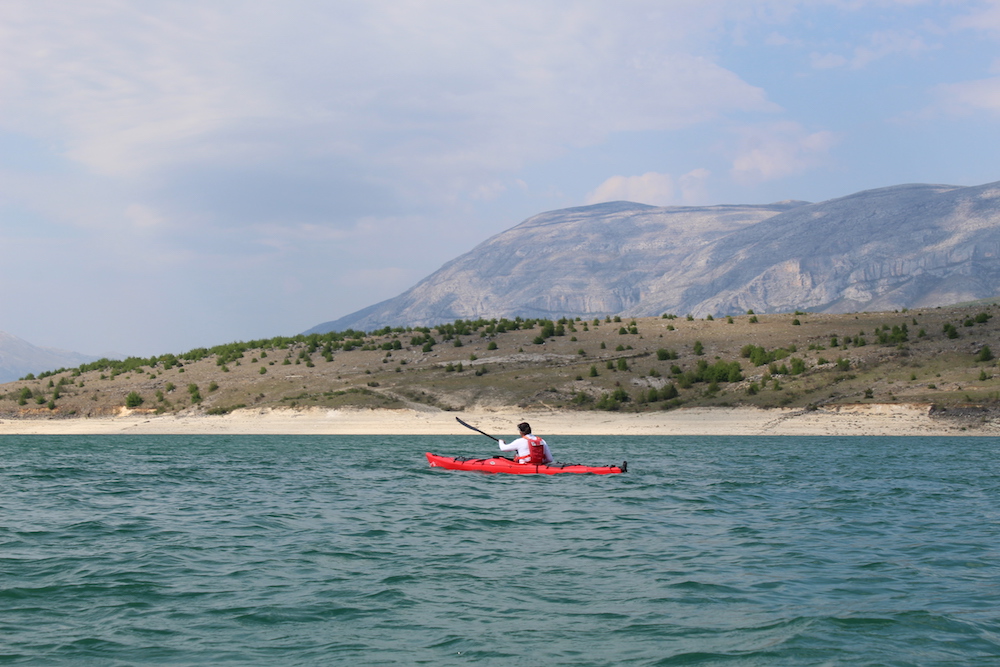
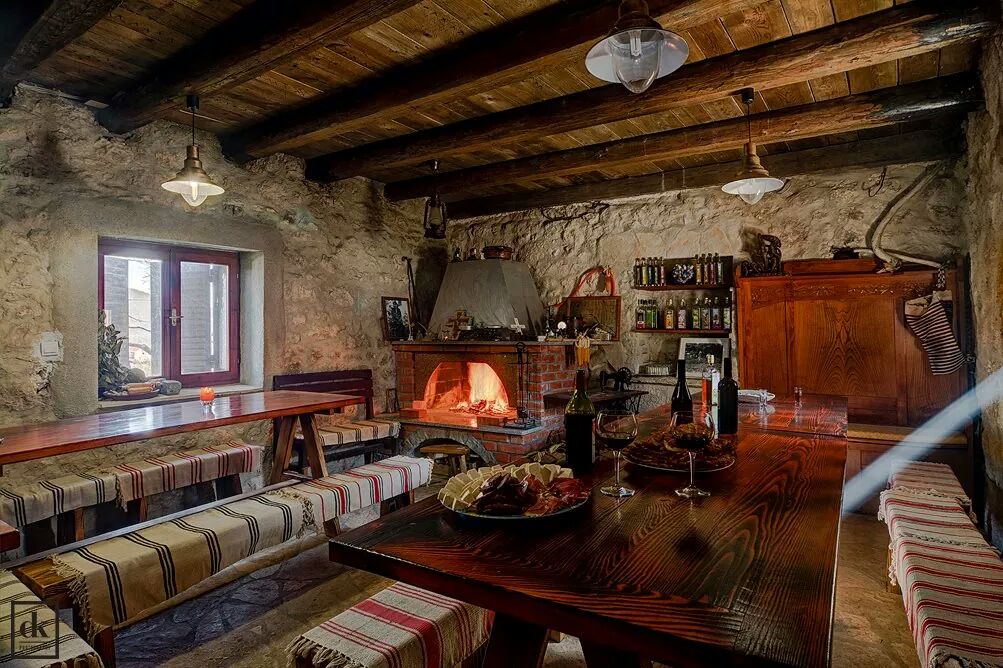
Pingback: new Park of Nature in Croatia, beautiful mountain massif – Travel News